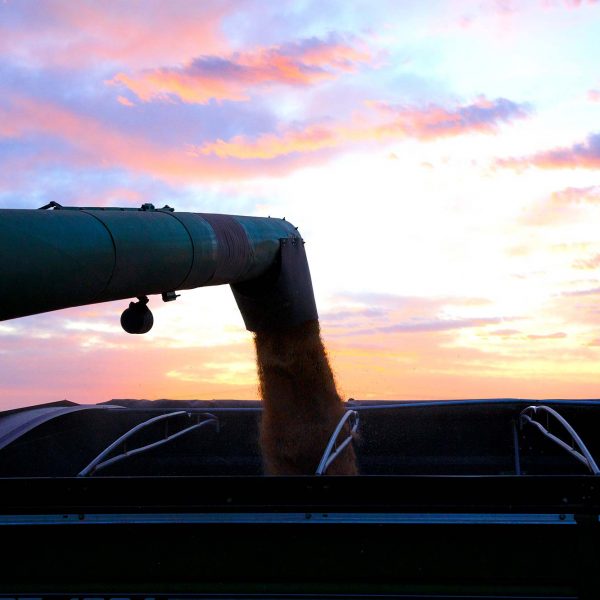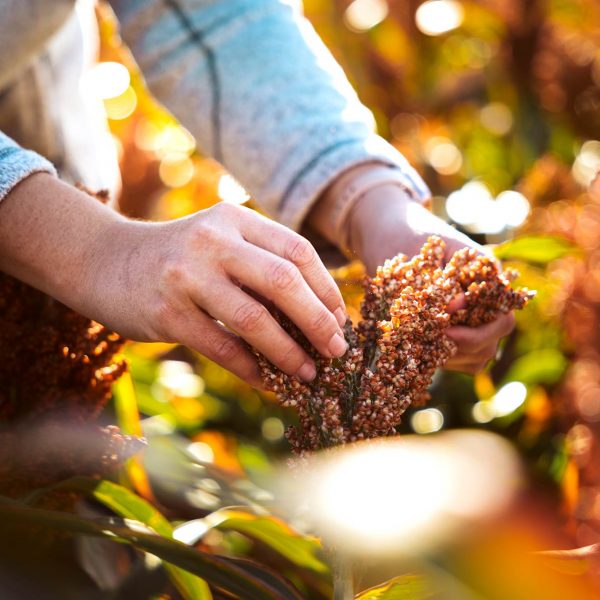
Evaluating New Technologies and Products in Agriculture
By Brent Bean, Ph.D., Sorghum Checkoff Agronomist
Farmers never really experience an “off-season”, but there are less hectic times of the year. As harvest has largely concluded and pace of daily life on the farm slows down a bit, planning for next year will begin in earnest. Decisions made in the coming weeks and months can have a major impact on the success and profitability of next season’s crops and beyond.
December and January are typically the months for conferences sponsored by county and regional extension services, seed and crop protection companies and a host of other organizations. All of these can potentially provide valuable information as growers plan for the next growing season and seasons following.
Since the beginning of the Information Age in the 1970’s, obtaining information has never been easier. The problem is often deciding what information is useful and supported by sound science. In other words, “separating the grain from the chaff” has never been more difficult.
As the bombardment of information on new technologies and products takes place over the coming weeks, it may be helpful to keep in mind the old adage “If it sounds too good to be true, it probably is.” I am a firm believer in new technology’s ability to increase yields, improve crop use efficiency of critical nutrients, water, and light, and simultaneously improve sustainability, but these advances are most likely to occur gradually.
One must exhibit caution in accepting claims of a superior product or even a farming management practice without a sound comparison. On the surface the comparison may sound reasonable, but dig deeper and consider what could have caused the results besides the new product or practice being promoted.
A good example of this was a new technology on the market a few years ago claiming to increase nitrogen availability in the soil and cut fertilizer use in half. This was presented with plenty of scientific jargon and examples of where great yields were being achieved with half the usual nitrogen being applied. As an extension agronomist at the time, I decided to test this new technology. The first step was finding a suitable field to conduct the study in.
I worked with a respected crop consultant and grower to identify a field where the available residual soil nitrogen was considered low. Soil profile samples were collected and analyzed for nitrogen prior to applying a fully replicated set of nitrogen fertilizer rates applied with and without this new technology. After analyzing the soil samples it was discovered this field thought to be low in residual nitrogen actually possessed over 200 pounds of nitrogen in four feet of soil profile! Without collecting and analyzing these deep soil samples this would have remained unknown. Obviously, this finding had a huge impact on the outcome of the study. If the grower had applied half of his usual nitrogen fertilizer rate with this new technology, he would have harvested great yields that could have been used as an advertisement for this new technology. However, in reality, this field needed only half of the usual fertilizer rate because of the abundance of residual nitrogen.
Always evaluate new technologies over numerous environments. Just because a product or practice works well one year does not mean it will produce the same results next year. There is no such thing as a normal year, and this statement is especially true for 2019. This is the reason responsible seed and crop protection companies test new technologies over multiple environments before introducing the product to the market, and even so surprises can occur. On-farm testing is a great option and has never been easier to accomplish, but take careful attention to insure sound comparisons are made under multiple environments when possible.




